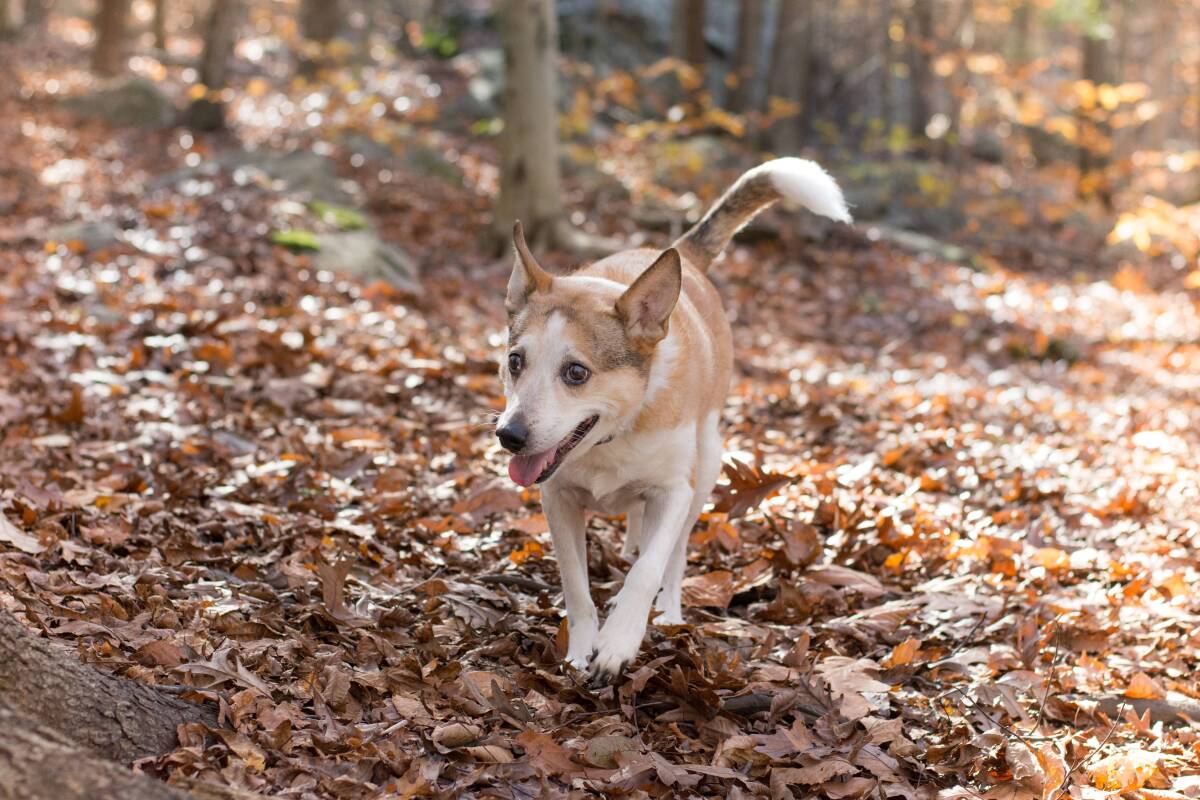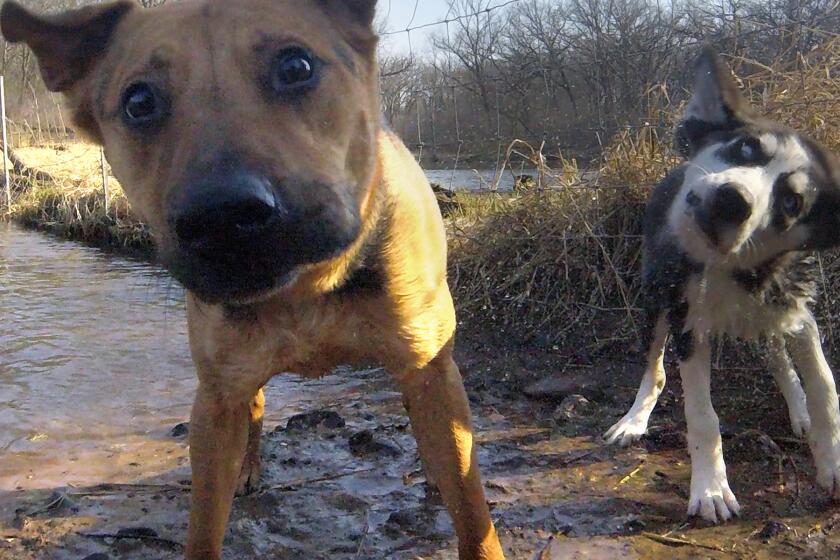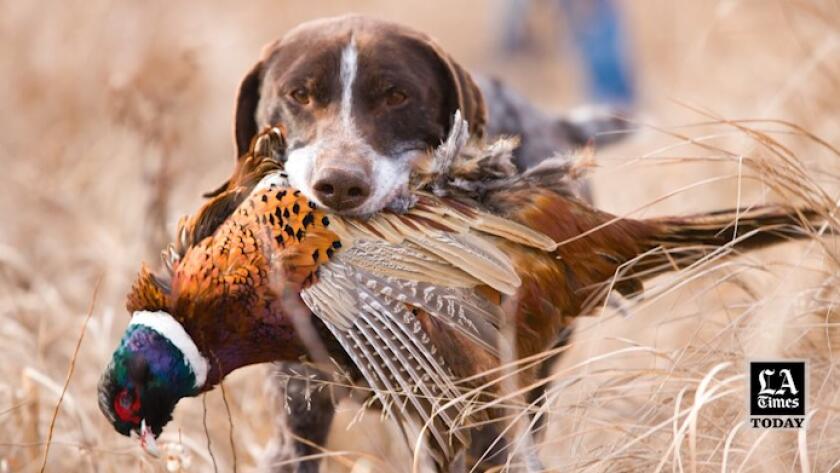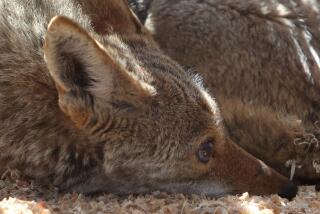What a dog’s breed can, and can’t, tell you about its behavior

The American Kennel Club website describes the ideal form and temperament of 204 dog breeds, from the affenpinscher (“loyal, curious and famously amusing”) to the Yorkshire terrier (“feisty, brave and sometimes bossy”). The idea that certain breeds reliably exhibit distinct behaviors is baked into dog shows, obedience training and canine DNA tests, not to mention laws targeting breeds deemed prone to aggression.
Yet a detailed new study of dog behavior and genetics suggests that breed is actually of little value in anticipating the behavior or demeanor of any individual animal.
After gathering extensive data from the owners of more than 18,000 dogs and sequencing the DNA of more than 2,100 of those pets, researchers found strikingly few links between breed and most behavioral traits.
Yes, owners of Labrador and golden retrievers were slightly more likely to rate their pups in the top 25% for “human sociability” than the owner of a randomly selected dog. And yes, dogs from hunting breeds were more likely to score higher on “biddability,” or the ease with which they respond to human commands. But associations such as these were neither strong nor consistent.
Indeed, breed explained no more than 9% of the variation in behavior among the dogs in the study, said study coauthor Elinor Karlsson, a geneticist at the University of Massachusetts Chan Medical School. A dog’s age and sex were often far better predictors of its behavior, and for some traits — most notably aggression — breed made no difference at all.
The findings were published Thursday in the journal Science.
Each of the roughly 1 billion dogs currently pawing around the planet belongs to the same species — Canis familiaris. They split from wolves roughly 10,000 years ago, which hasn’t been long enough for them to accumulate that much genetic diversity. (Mammal species typically evolve over hundreds of thousands of years.)
When it comes to evolutionary debates, this one is a major dogfight.
The concept of the modern dog breed was invented only about 160 years ago, what the authors call “a blink in evolutionary history.” Only a few genetic differences are responsible for the striking variations we see in dogs’ form and appearance.
Physical traits are strongly heritable; behavioral traits, less so. Those are governed by a complex mix of genetic and environmental factors in which breed plays only a small, often insignificant part.
“What a dog looks like is not really going to tell you what a dog acts like,” said Marjie Alonso, executive director of the International Assn. of Animal Behavior Consultants and a study co-author.
The team created an open database, Darwin’s Ark, to gather information on individual dogs. Owners were asked to answer more than 100 questions about their dog’s appearance, behaviors and personality.

The result was a dataset that nicely mirrored the U.S. pet dog population. Almost half (49.2%) of the participants described their dogs as purebred, with the proportion of breeds represented corresponding roughly to U.S. dog ownership.
The owners of purebred dogs tended to describe their pets’ behavior in ways that matched the stereotypes of the breed, the authors wrote. That raised the possibility that owners’ assessments were influenced — consciously or not — by the reputation of their dog’s breed.
Fortunately, the rest of the dogs in the study were mutts whose ambiguous ancestry left their owners comparatively free of any preconceived notions about their background or behavior. They served as a control group, of sorts.
Researchers found that owners of golden retrievers tended to say their pets weren’t scared of strangers, a description that fits the breed’s outgoing reputation. However, owners of mutts with some golden retriever ancestry were no more likely to describe their pets as unafraid of strangers than owners of mutts with no golden retriever DNA.
Likewise, Labrador retriever owners tended to say their pets were social around humans, in line with the stereotype that the breed is friendly and outgoing. But owners of mutts with a Labrador retriever in their bloodlines weren’t any more likely to call their dogs social around humans than were owners of mutts without that heritage.
If breed were a strong predictor of behavior, it stands to reason those breeds’ traits would have shown up to some extent among the mutts with those breeds’ DNA.
The domestication of dogs by humans was so inevitable, it may have happened more than once, according to a new study.
Even among the purebred dogs, genetics were a much more reliable predictor of how an individual dog looked than how it behaved.
“Physical traits are super heritable,” Karlsson said. Yet when it comes to behavior, “breed is a very poor predictor. It’s not an accurate way to predict behavior in an individual dog.”
But there were some trends in certain traits like biddability and a dog’s propensity to grab and bite toys, she added.
Border collies, for instance, tend to be more biddable than the average dog. Choosing a border collie as a pet may raise your chances of getting a compliant animal, but it won’t guarantee the specific dog you bring home will be naturally inclined to follow your orders.

In the millennia before the Victorian obsession with dog breeding began, humans differentiated dogs primarily by the jobs they did best. Some pups were good at herding, others hunting or guarding. One now-extinct type known as a “turnspit,” or kitchen dog, was raised to run on a sort of dog-sized hamster wheel that turned roasting spits over flames, said Katherine Grier, a retired University of Delaware history professor and author of the book “Pets in America: A History.”
In “The Invention of the Modern Dog: Breed and Blood in Victorian Britain,” authors Michael Worboys, Julie-Marie Strange and Neil Pemberton likened the difference in dogs pre- and post-breeding to colors in a rainbow versus in a book of paint chips. Initially, there were a few broad types of dogs with a lot of overlap between them. Breeding took this barking rainbow and broke it down into isolated, clearly defined units.
The American Kennel Club maintains the biggest registry of purebred dogs in the United States, along with detailed descriptions for each breed standard, including personality traits. (The chow chow is “dignified, bright, serious-minded”; the Chihuahua is “charming, graceful, sassy.”)
Your dog is basically a super social wolf, and scientists may have found the gene that makes him want to cuddle with you.
The club said it believed the study’s data was sound, but disagreed with the authors’ conclusions.
“Breed behavior was not created with the formation of breeds 100 years ago. It was created based on working behaviors that were selected over centuries — and before the separation of individual breeds,” chief veterinarian Dr. Jerry Klein said in a statement. “Therefore, attempting to separate individual breeds based on behavior would not be fruitful without separating them into ancestral selected populations of herding dogs, hunting dogs, etc.”
Historians of dog breeding counter that breeders’ preference for specific physical traits over the years has often come at the cost of original behaviors. Dog breed is largely defined by an animal’s appearance, and “when you breed for appearance, you can lose behaviors,” Grier said.
When it comes to canine behavior, genes “do have an effect but it is less than the effect that genes have on physical traits,” said Danika Bannasch, a specialist in animal genetics at UC Davis who was not involved in the study. “This is the most large-scale study of its kind on genes and behavior and certainly will make a lot of people stop and think about dogs a bit differently.”
Watch L.A. Times Today at 7 p.m. on Spectrum News 1 on Channel 1 or live stream on the Spectrum News App. Palos Verdes Peninsula and Orange County viewers can watch on Cox Systems on channel 99.









